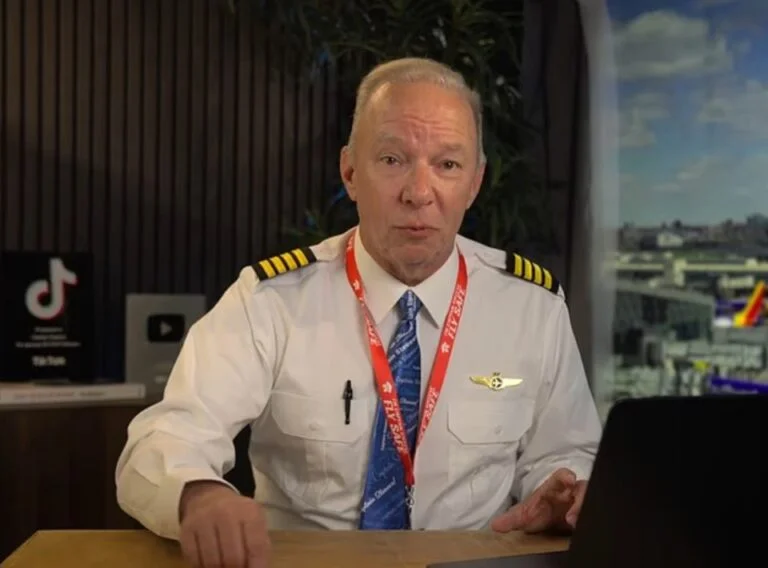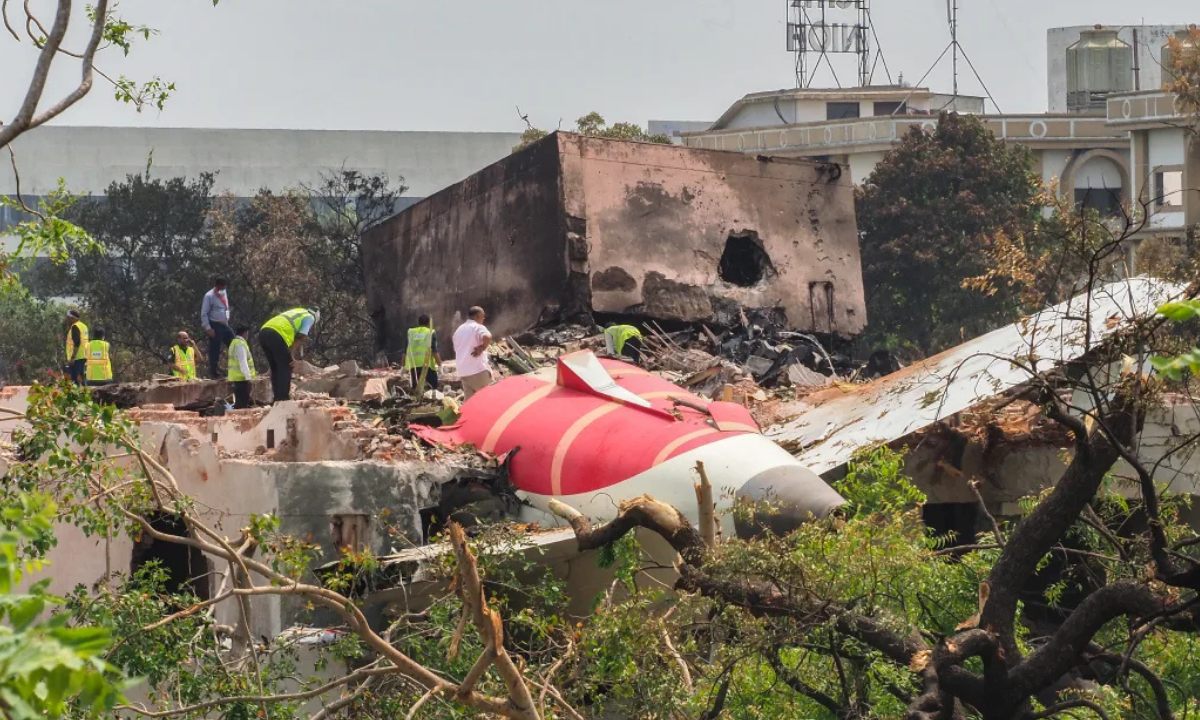
Final Report Details What Led to Fatal Air India 787 Accident
A preliminary report into the devastating crash of Air India Flight AI-171 has uncovered a chilling and preventable cause: a mechanical failure in the pilot’s seat that ultimately cost 270 lives.

CRITICAL ERROR: PILOT SEAT MALFUNCTION DURING TAKEOFF
According to the official report, the disaster unfolded during takeoff when the locking mechanism of the pilot’s seat failed, causing the seat to suddenly slide backward. In a tragic reflex, the captain’s hands pulled the throttle levers into the “idle” position, drastically reducing engine thrust just seconds after liftoff.
The co-pilot immediately attempted to regain control, but the captain’s reclined position obstructed access to vital flight controls. Within seconds, the Boeing 787 lost lift and crashed into a nearby building housing medical workers.

CRASH SEQUENCE REVEALED: WHAT THE BLACK BOX RECORDED
Newly analyzed flight data and voice recordings paint a clear but tragic picture of the final seconds of the Air India Boeing 787 flight:
-
12 seconds in – The captain’s seat abruptly moves backward.
-
15 seconds – The co-pilot alerts, “We’re losing thrust!”
-
26 seconds – The aircraft enters an unrecoverable stall at only 214 feet.
Despite the crew’s efforts, limited altitude and mechanical interference made recovery impossible.
PROCEDURAL GAPS AND SYSTEM DESIGN CONCERNS
Investigators found no record of critical safety commands — such as “GO-AROUND” or “STAB TRIM” — that should be automatic in such emergencies. Further, the Boeing 787’s thrust levers lacked basic safety mechanisms like weight-triggered lockout and reverse-movement protection, contributing to the fatal outcome.
INDUSTRY REACTION AND REGULATORY ACTION
In response to the early findings:
-
The FAA and EASA initiated immediate inspections of all Boeing 787 pilot seat systems.
-
Air India grounded a dozen aircraft with similar maintenance backgrounds.
-
Boeing announced a redesign of the seat structure, with updated systems planned for rollout by 2026.
IMPACT: LIVES LOST AND THOSE LEFT BEHIND
The crash resulted in 270 confirmed fatalities, including all passengers and crew, as well as individuals on the ground in a nearby hostel. Only one passenger survived — a British national, now under medical care.
Among the 242 onboard:
-
169 were Indian nationals
-
53 were from the UK
-
7 were Portuguese
-
1 was Canadian
More than 40 people on the ground were also injured in the impact.
NEXT STEPS: FINAL REPORT EXPECTED MID-2025
A full investigation report is set to be released in July 2025, but authorities have already committed to strengthening international inspection protocols and aircraft safety standards.
CLOSING REMARKS: LESSONS FROM A PREVENTABLE TRAGEDY
The findings so far reflect a combination of missed procedures and inadequate safeguards. As the aviation industry absorbs the lessons of this loss, the focus is now on accountability, reform, and ensuring no such event happens again.


